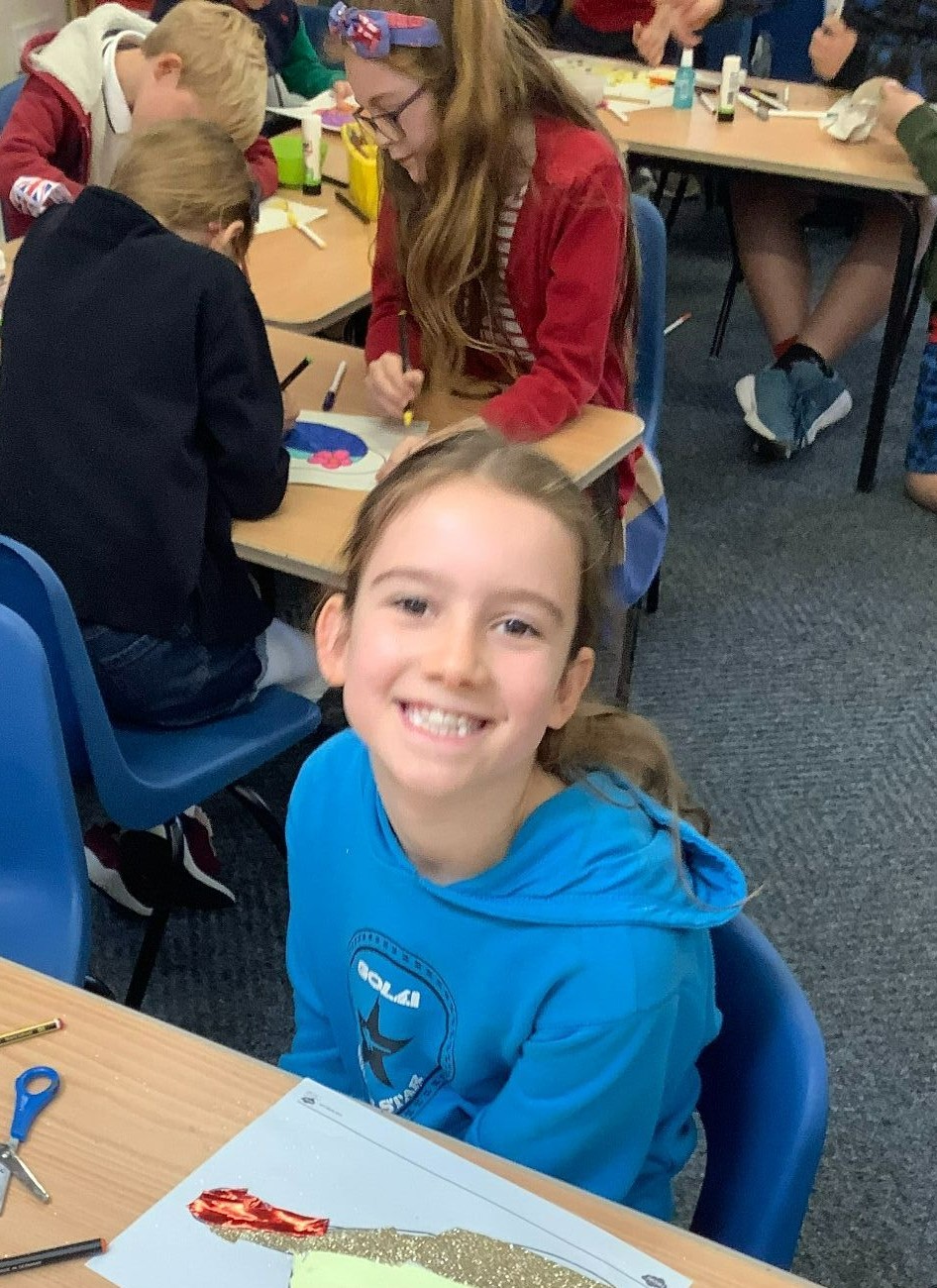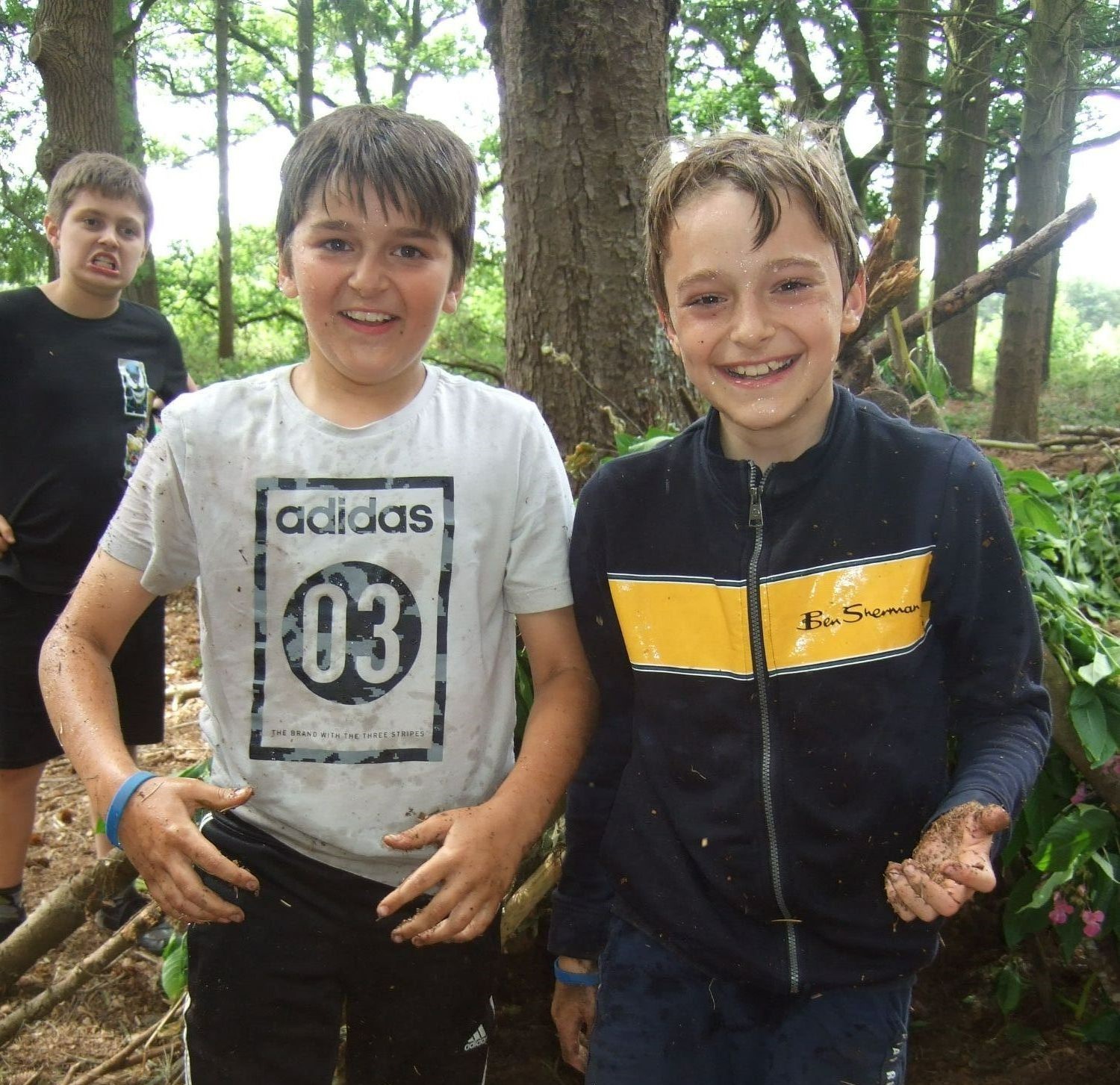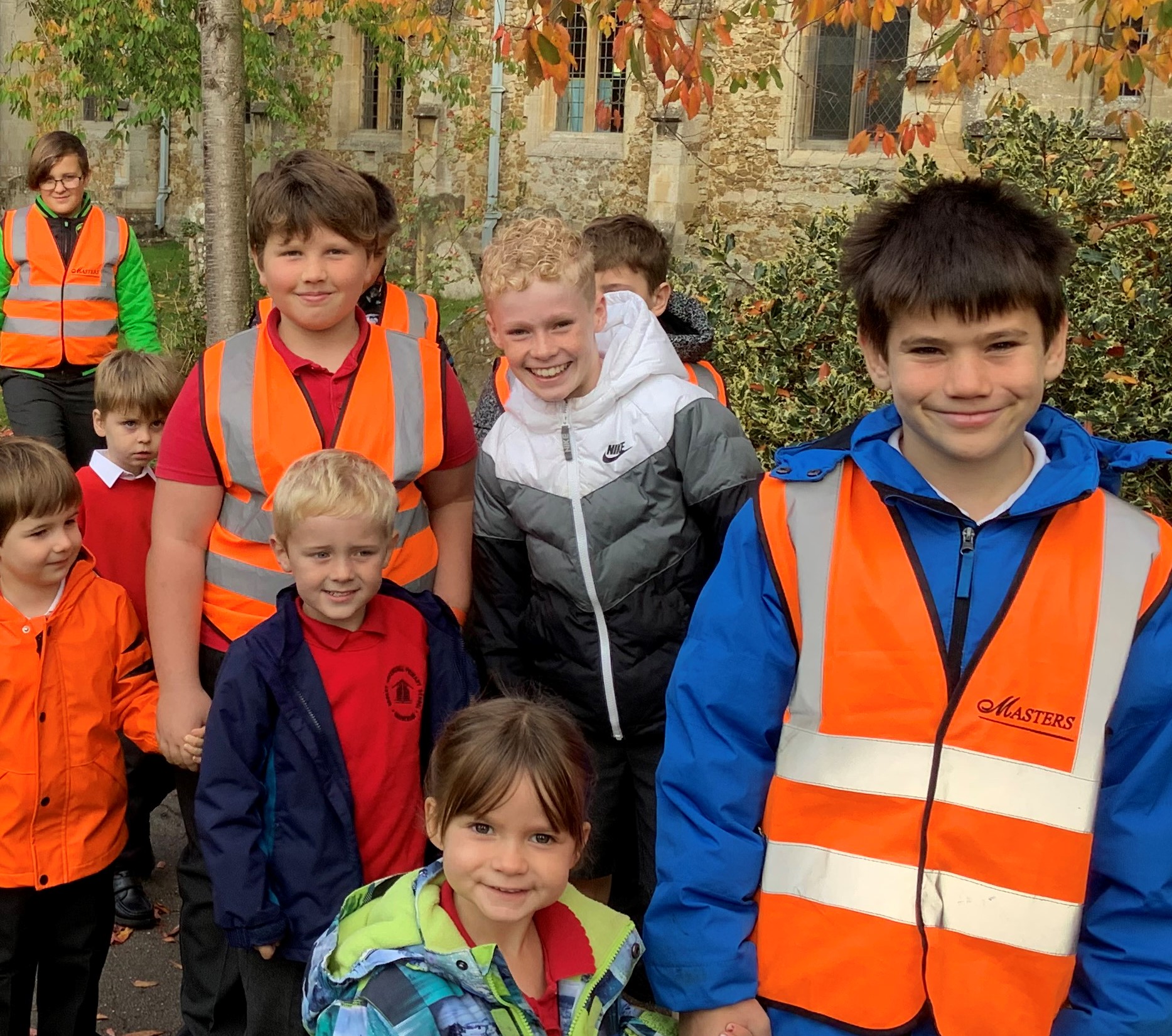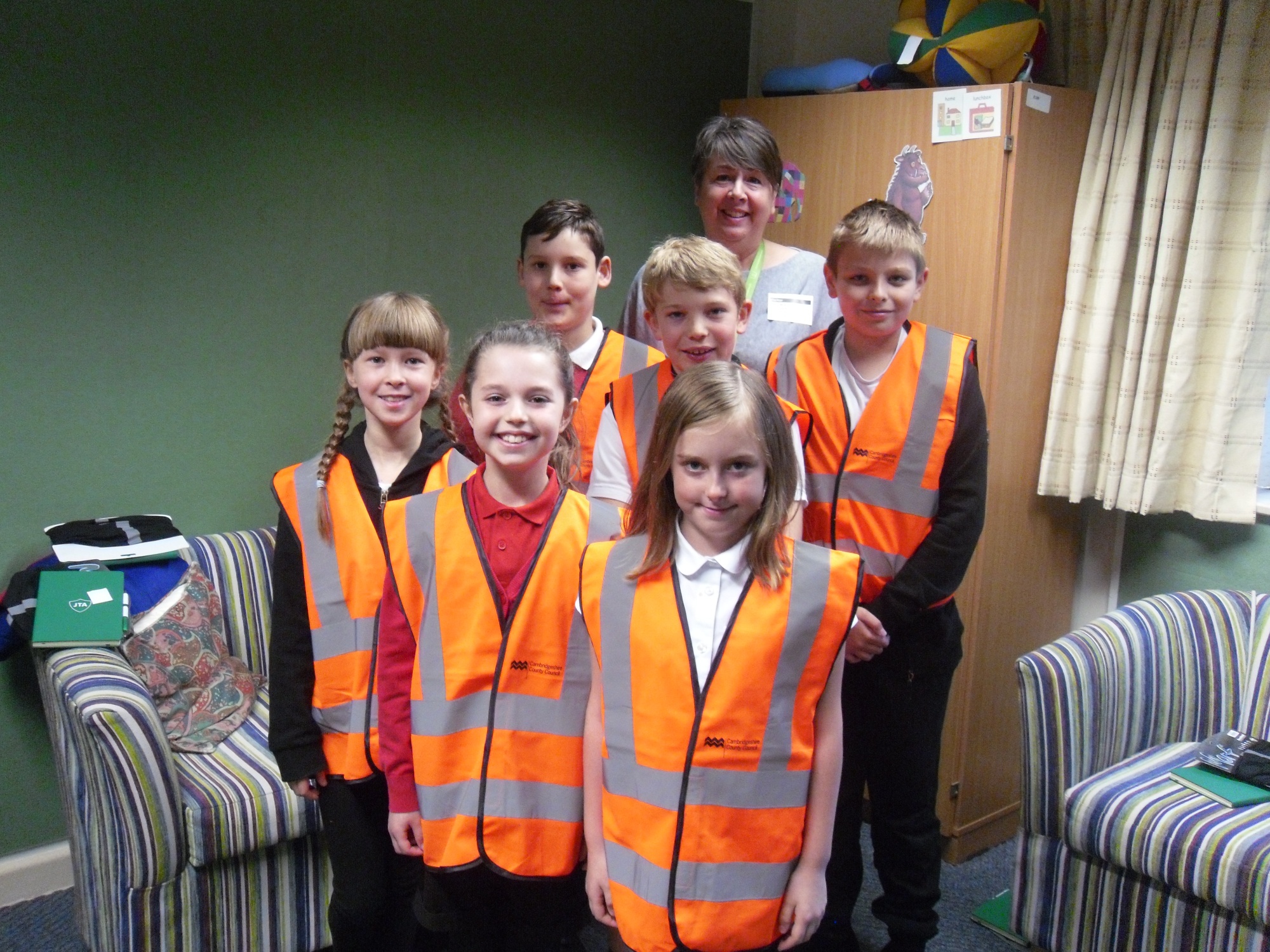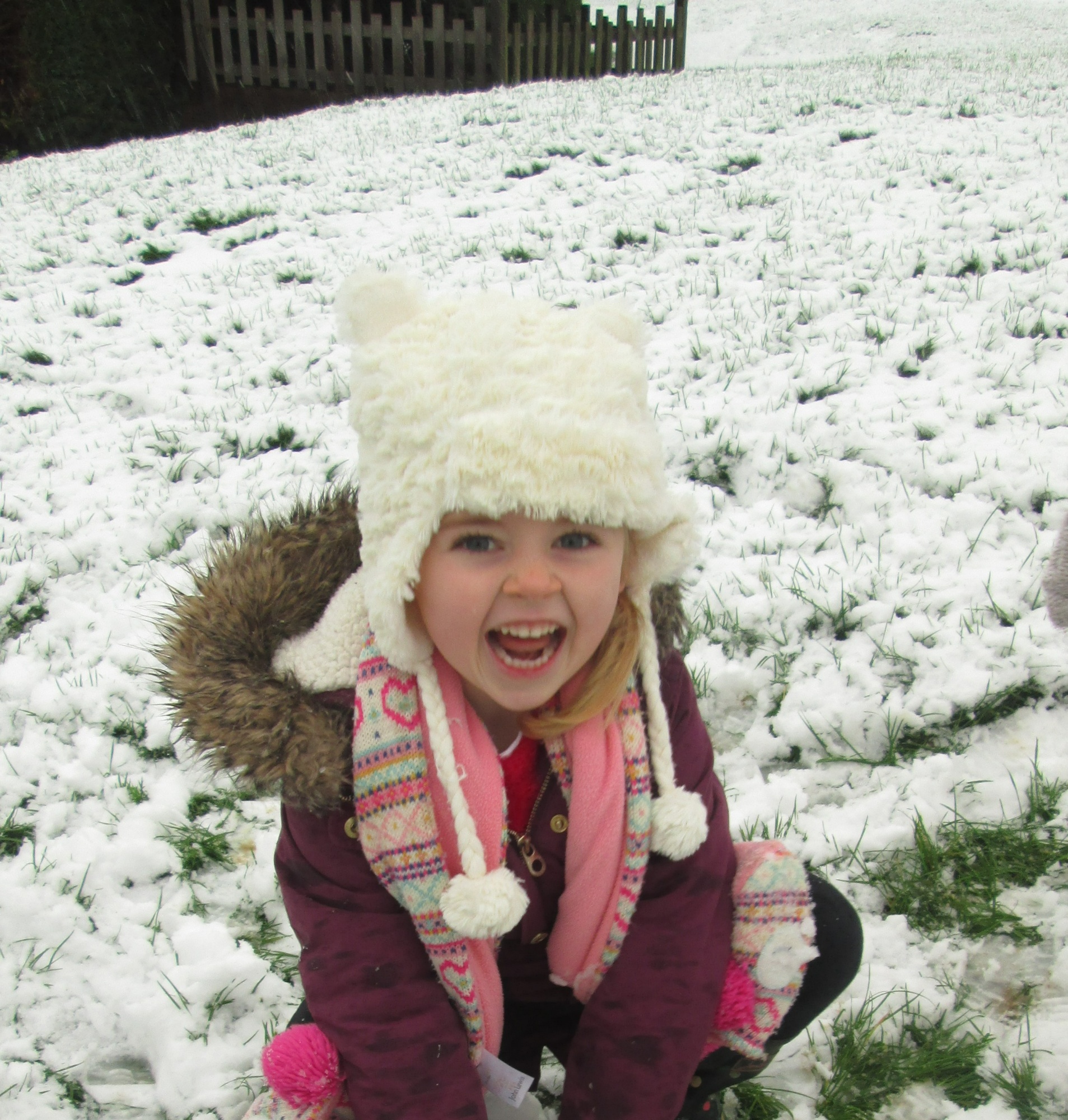Art & Design
Creativity is allowing yourself to make mistakes. Art is knowing which ones to keep
- Scott Adams
Intent
Our Art and Design curriculum provides visual, tactile and sensory experiences and provides children with a unique way of understanding and responding to the world. Through the key concepts of line, shape, form, space, colour, tone, texture and pattern as well as through the use of different materials and processes, children communicate what they see, feel and think. Our Art and Design curriculum improves pupils’ personal development skills and promotes positive mental health and wellbeing. They communicate through their art by expressing their ideas and responding to other artists’ work. In addition to this, it also provides a vehicle for the delivery of social, spiritual and cultural education.
Art and Design is taught through clear sequential learning mapped out from the Early Years to Year 6. Key concepts, knowledge and skills are introduced along with subject specific vocabulary to ensure our children become proficient in drawing, painting, sculpture and other art, craft and design techniques. The Art and Design long term plan sets out the central knowledge to be taught across the school and determines the teaching sequence.
The curriculum is planned and sequenced so that existing knowledge is built on.
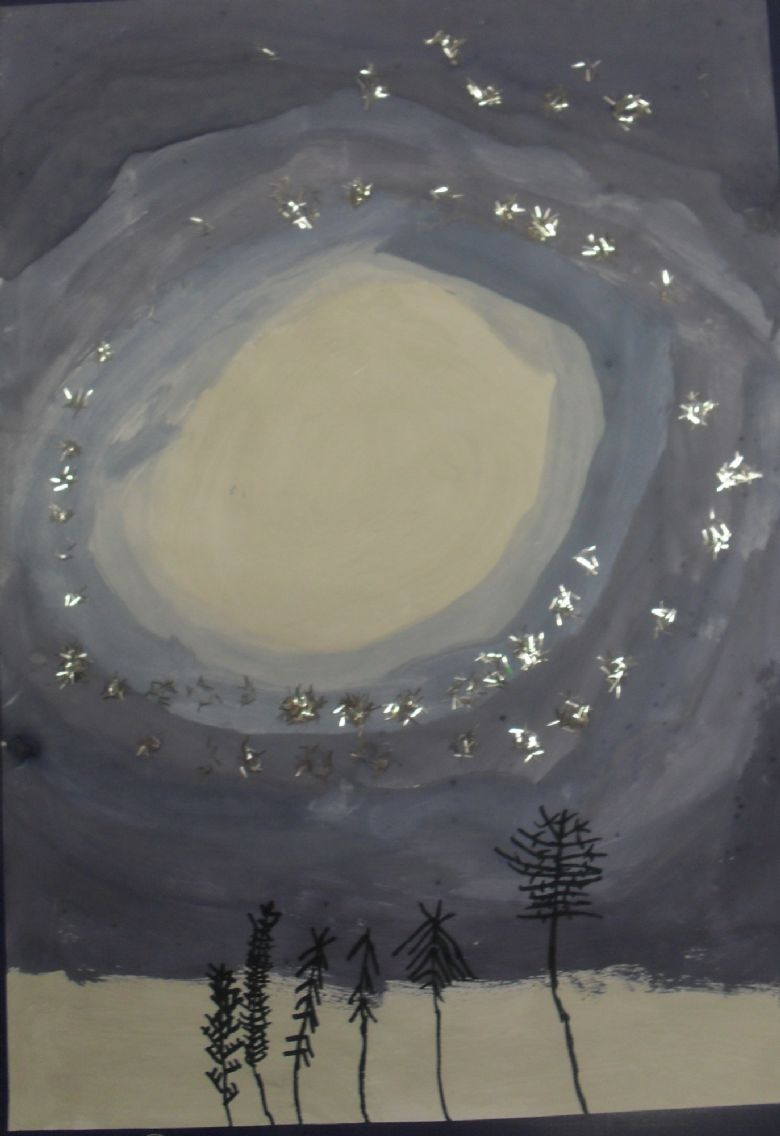
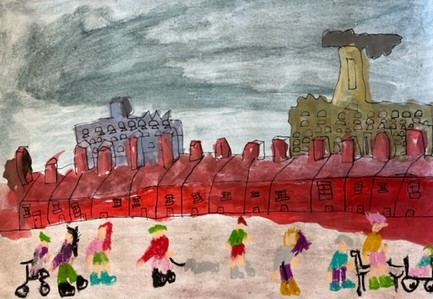
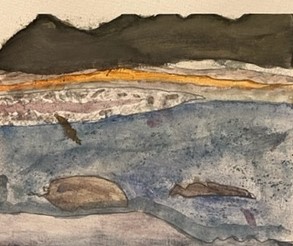
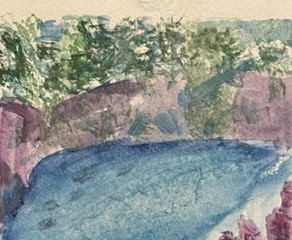
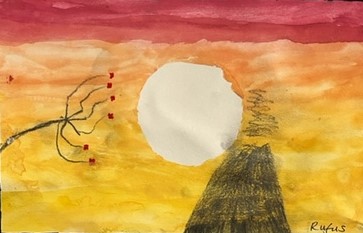
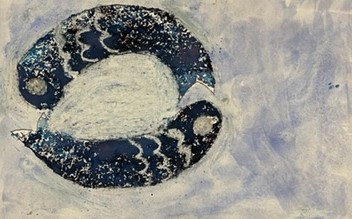
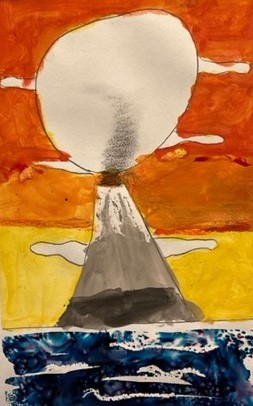
YR 5-6
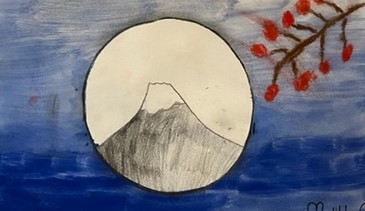
It is evident in looking at progression, for example in colour theory and painting technique from tints and shades in Key Stage 1 re-creating a theme inspired by Van Gogh; developing to washes with tints and shades, analogous colour and mixed media in Lower Key Stage 2 studies inspired by Lowery; to much freer individual selections from colour theory and techniques in different media to create personal expressions inspired by Japanese art of Hokusai that children use their prior knowledge to revisit and demonstrate that they get better at art techniques and at expressing themselves through art.
Children within school can further enrich their artistic experiences by joining the after school club run for our pupils by the local art gallery in the village, and we aim to enhance through carefully chosen visits and visitors.
We aim to develop the following essential characteristics of artists:
The ability to use visual language skilfully and convincingly (for example, line, shape, pattern, colour, texture, form) to express emotions, interpret observations, convey insights and accentuate their individuality.
The ability to communicate fluently in visual and tactile form.
The ability to draw confidently and adventurously from observation, memory and imagination.
The ability to explore and invent marks, develop and deconstruct ideas and communicate perceptively and powerfully through purposeful drawing in 2D and 3D media.
An impressive knowledge and understanding of other artists, craft-makers and designers.
The ability to think and act like creative practitioners by using their knowledge and understanding to inform, inspire and interpret ideas, observations and feelings.
Independence, initiative and originality which they can use to develop their creativity.
The ability to select and use materials, processes and techniques skilfully and inventively to realise intentions and capitalise on the unexpected.
The ability to reflect on, analyse and critically evaluate their own work and that of others.
A passion for and a commitment to the subject.
Implementation
Children are taught three Art and Design units per year. Drawing and painting units are taught in every year group along with other media or art and craft technique. This enables children to extend prior knowledge and skills. These include printing, sculpture, textiles or collage. Drawing and painting skills are often enhanced by using them in a mixed media context in finished pieces.
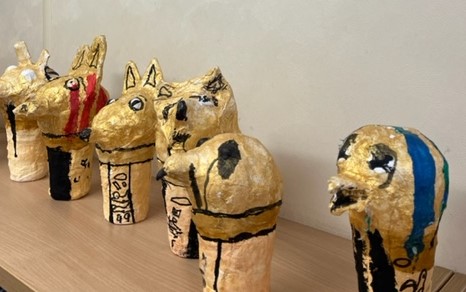
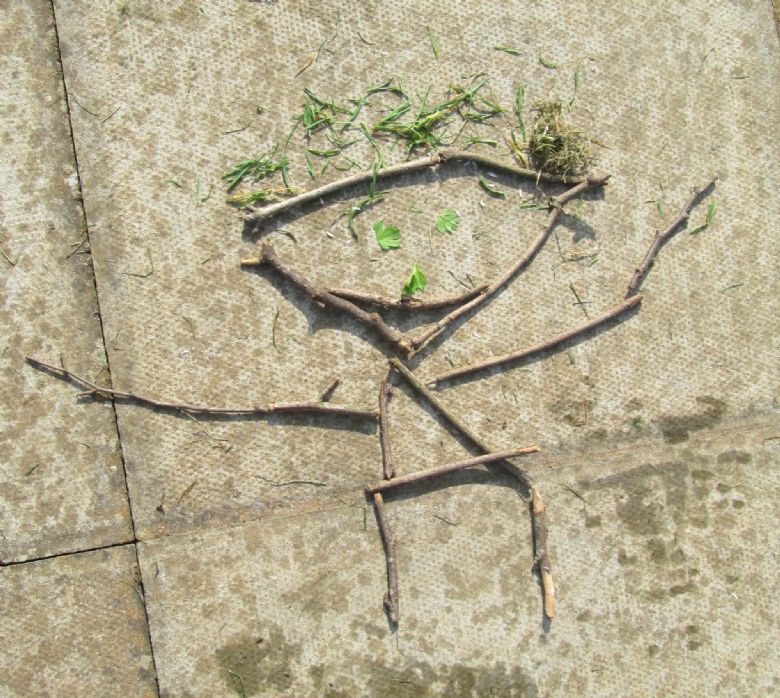
Short term planning details individual lesson content, pedagogy, resources, outcomes and artist(s) studied. Teachers ensure that their planning guides the acquisition and retention of new learning through a range of strategies rooted in cognitive science such as the use of regular retrieval practice. Lessons may be delivered weekly or in blocks depending on the nature of the media, used by class teachers.
Children explore ideas and meaning in the work of a diverse range of artists which have been carefully selected to reflect different periods of history, and cultures, as well as our immediate locality. The study of artists stimulates the children’s imagination and creativity, fosters the enjoyment and appreciation of the visual arts and informs the invention of their own work.
Every child from Year 1 to Year 6 has their own sketchbook in which to make their thoughts and ideas real, through writing, drawing and sticking. Sketchbooks also encourage self-reflection, as well as self and peer assessment. The different ways in which artists use sketchbooks is discussed.
Our content is taught in cycles throughout EY/KS1, Lower KS2 and Upper KS2 where sequences of learning are carefully mapped within each academic year and where, at key milestones, coherence of prior learning builds towards pupils confidently getting better at Art. Projects build upon prior skills and extend the range of media, or choice, so that by Upper Key Stage 2 children are making more expressive individual pieces drawing in a range of skills.
The final piece of artwork from a unit will not necessarily feature in the sketchbook as the emphasis is on the process and not the product. Sketchbooks are A4 with good quality cartridge paper as children work straight onto the pages. They are not marked, instead feedback is given verbally in the lesson by the teacher. Children are encouraged to respond and present their art work in their own individual way; they can choose how the pages of their sketchbook should look.
We choose high quality materials for the children to work with, providing for e.g. high quality watercolour paper and paints for specific projects as they progress to more simplex techniques and the application of skills in different contexts.
Impact
The impact of our Art and Design curriculum is to provide every child with the opportunity to be an artist. Through our carefully planned and sequenced curriculum, every child is encouraged to be imaginative, innovative and reflective. Our Art and Design curriculum leads pupils to become invested in their own artwork, and be able to appreciate and enjoy the diversity within Art and Design.
As a result of the overall curriculum design, including mapping of key concepts, knowledge, skills and end points as well as through the enhancement of the curriculum with specially selected visitors and local visits, pupils make outstanding progress over time across the key stages, relative to their individual starting point. Children are expected to leave our school reaching at least age-related expectations for Art and Design.
Our Upper Key Stage 2 sketchbooks have been on display in the Fitzwilliam Museum in Cambridge as part of the Inspire exhibition of children’s work with Access Arts. They were commended for the ways in which pupils had explored, reflected and worked on ideas prior to presenting finished pieces in an extended project.
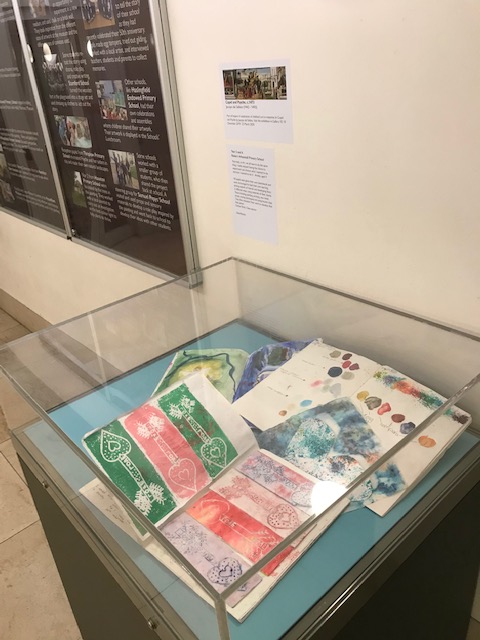
The impact of the Art and Design curriculum is evidenced in a range of ways, including pupil voice, lesson visits, sketchbooks, displayed final pieces of artwork and assessment analysis.





